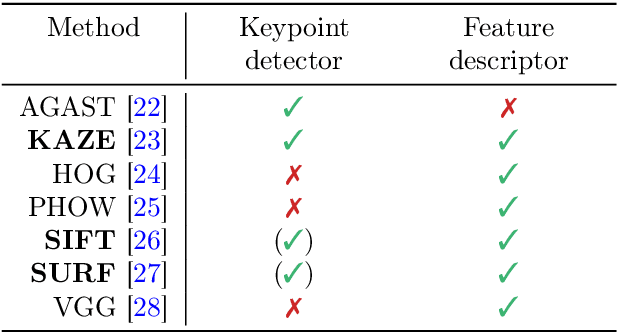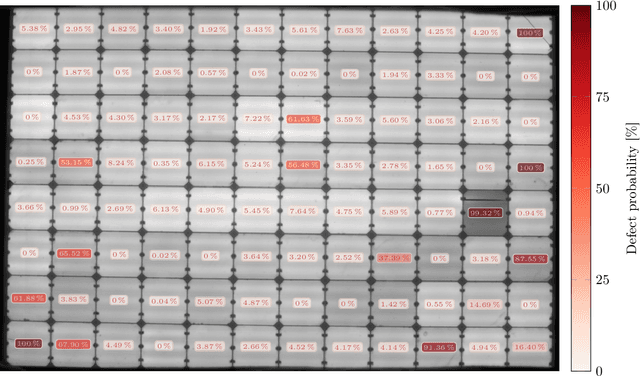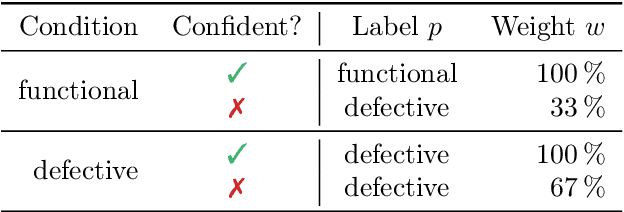Sergiu Deitsch
Automatic Classification of Defective Photovoltaic Module Cells in Electroluminescence Images
Jul 08, 2018



Abstract:Electroluminescence (EL) imaging is a useful modality for the inspection of photovoltaic (PV) modules. EL images provide high spatial resolution, which makes it possible to detect even finest defects on the surface of PV modules. However, the analysis of EL images is typically a manual process that is expensive, time-consuming, and requires expert knowledge of many different types of defects. In this work, we investigate two approaches for automatic detection of such defects in a single image of a PV cell. The approaches differ in their hardware requirements, which are dictated by their respective application scenarios. The more hardware-efficient approach is based on hand-crafted features that are classified in a Support Vector Machine (SVM). To obtain a strong performance, we investigate and compare various processing variants. The more hardware-demanding approach uses an end-to-end deep Convolutional Neural Network (CNN) that runs on a Graphics Processing Unit (GPU). Both approaches are trained on 1,968 cells extracted from high resolution EL intensity images of mono- and polycrystalline PV modules. The CNN is more accurate, and reaches an average accuracy of 88.42%. The SVM achieves a slightly lower average accuracy of 82.44%, but can run on arbitrary hardware. Both automated approaches make continuous, highly accurate monitoring of PV cells feasible.
Segmentation of Photovoltaic Module Cells in Electroluminescence Images
Jun 18, 2018



Abstract:High resolution electroluminescence (EL) images captured in the infrared spectrum allow to visually and non-destructively inspect the quality of photovoltaic (PV) modules. Currently, however, such a visual inspection requires trained experts to discern different kind of defects, which is time-consuming and expensive. In this work, we make an important step towards improving the current state-of-the-art in solar module inspection. We propose a robust automated segmentation method to extract individual solar cells from EL images of PV modules. Automated segmentation of cells is a key step in automating the visual inspection workflow. It also enables controlled studies on large amounts of data to understanding the effects of module degradation over time - a process not yet fully understood. The proposed method infers in several steps a high level solar module representation from low-level edge features. An important step in the algorithm is to formulate the segmentation problem in terms of lens calibration by exploiting the plumbline constraint. We evaluate our method on a dataset of various solar modules types containing a total of 408 solar cells with various defects. Our method robustly solves this task with a median weighted Jaccard index of 96.09% and an $F_1$ score of 97.23%.
 Add to Chrome
Add to Chrome Add to Firefox
Add to Firefox Add to Edge
Add to Edge